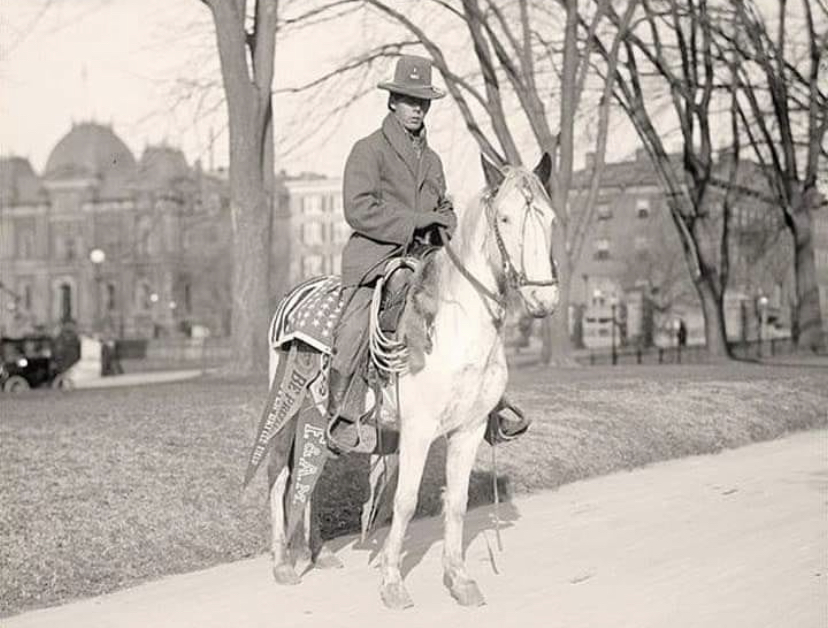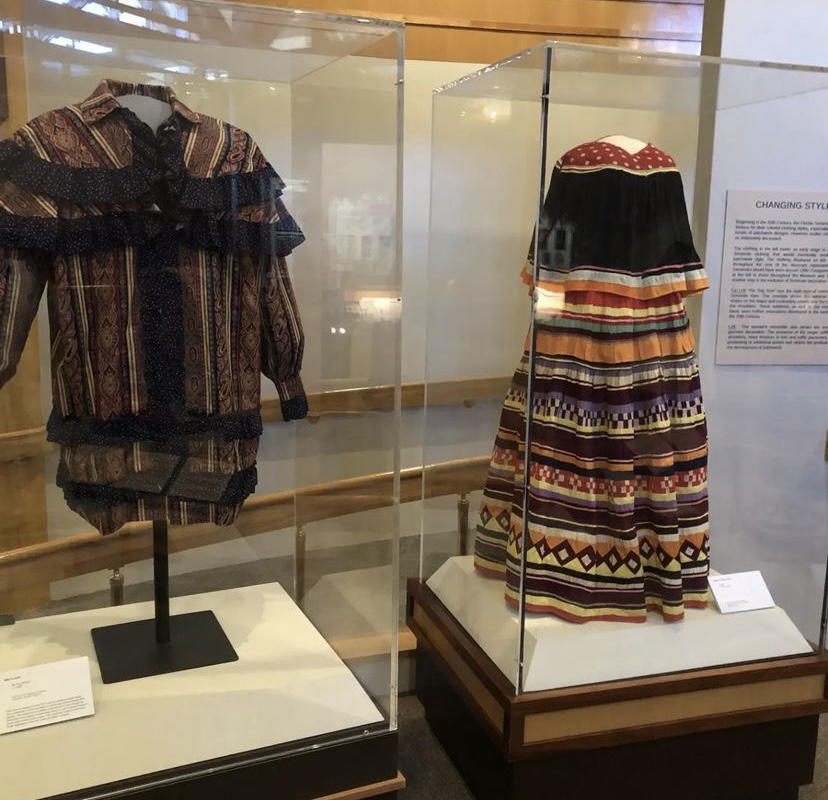By Michaela Cleary, World News Editor
November is often thought of as just the month of Thanksgiving. However, one of the most important events is the celebration of Native American Heritage Month. For the past 33 years, the United States has held November as National Native American Heritage Month, a time to celebrate and recognize the rich heritage, contributions, and culture of Indigenous people in America.
National Native American Heritage Month was a joint resolution passed by Congress and signed into law by former President George H.W. Bush in 1990. Even though Indigenous people have played an essential role in American history, their influence was not recognized until the last century. The contributions and efforts of Native Americans were first identified on the second Saturday of May in 1916. This was known as American Indian Day. This day was intentionally chosen to honor the efforts of Red Fox James, a prominent member of the Blackfeet Tribe. Red Fox James rode to many states across the country on horseback, seeking government approval for a day to honor Native Americans and their immense contributions to the United States.


According to the Substance Abuse and Mental Health Service Administration, “Back in 1976 former President Gerald Ford named the week of October 10th as Native American Awareness Week. Ten years later, Congress passed a bill petitioning that the president call the week of November 23rd American Indian Week. In later years, Congress continued this practice, declaring one week during the fall months as Native American Indian Heritage Week.”
It was not until 1990 that the whole month was recognized as National Native American Heritage Month. The reason that Congress and former President Bush chose November as the month to honor Native Americans was that November is the end of the traditional harvest season for Indigenous People, which is usually a time of celebration and giving thanks.
Dr. Eric Hannel, an adjunct professor at Saint Leo, shared his thoughts on the significance of Native American Heritage Month. “It’s a time to recognize the rich and diverse cultures, traditions, histories, and important contributions of Native people. It helps in preserving and promoting the languages, heritage, and traditions of Native Americans. It also serves to dispel common myths and misconceptions about Native American cultures and history. It fosters a sense of solidarity and encourages advocacy for issues affecting Native communities, including land rights, political representation, and social justice.”
Knowing this important history, there are many ways to celebrate this month and pay homage to indigenous culture in Florida. One way to learn about Native culture is by visiting the Ah-Tah-Thi-Ki Museum. The Ah-Tah-Thi-Ki Museum is located on the Big Cypress reservation of the Seminole Tribe. This museum hosts screen media presentations, dioramas, and educational exhibits to educate the public on Seminole traditions. Seminole artists also sell their art, crafts, and woodwork for visitors to purchase.


Another way to celebrate Native American Heritage Month is visiting the James Museum of Western and Wildlife Art. This museum is located in St. Petersburg, Florida, and is a great way to learn more about indigenous culture. The museum offers many different Native American artifacts, tours, and presentations to educate the local community on the history of Native life and values.
Native American Heritage Month is full of rich heritage and culture. It is essential to be educated on the nation’s original inhabitants and descendants and their significant contributions to our country.





